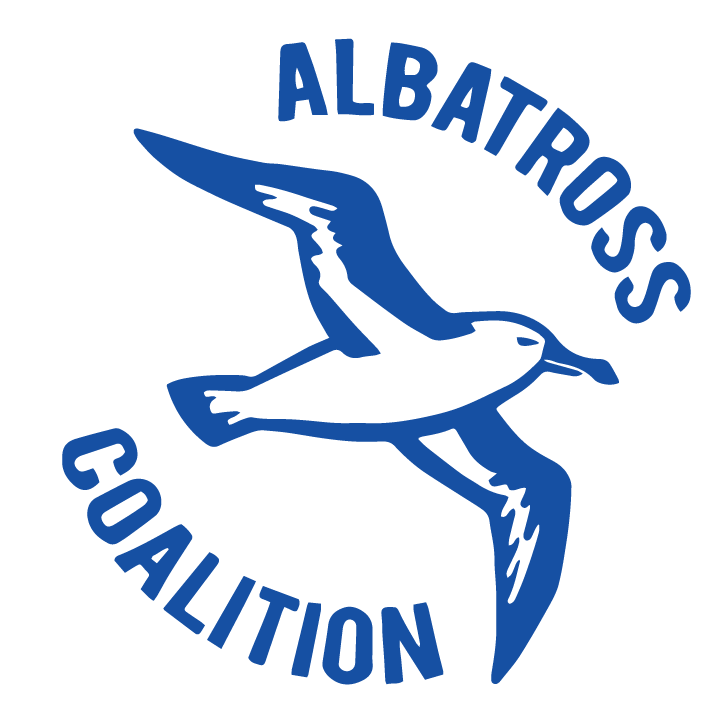Dear President Obama
Download: Albatross Coalition President Obama Letter 2017 01 16 Dear President Obama, Thank you for expanding the Papahanaumokuakea Marine National Monument to the largest in the world and, at the September Our Oceans Conference, designating the first Atlantic Ocean Monument – the Northeast Canyons and Seamounts Marine National Monument. We, the Save The Albatross Coalition, were…
